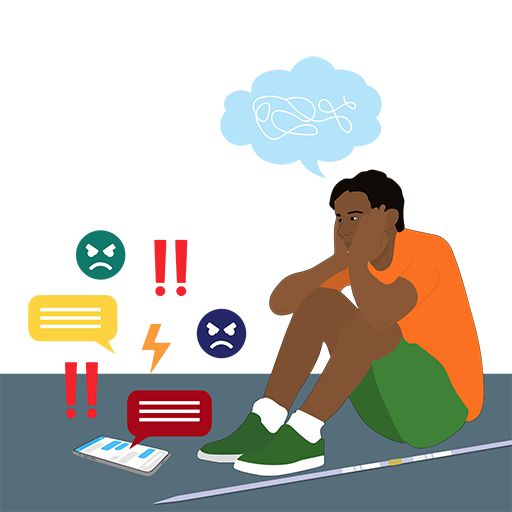2.6 How are digital technologies used to bully and harass victims?
The
 Ryan (aged 16) was targeted and bullied online
Ryan (aged 16) was targeted and bullied online
Listen to this account from Ryan and try to list all the different ways that using digital technologies made it easier for David to bully Ryan.
As you listen, also think about how you might tackle this kind of bullying in your organisation.
Transcript
Comment
Bullying of any sort is distressing and damaging, but aspects of online bullying can make it even worse. Online posts are sometimes shared in a group or made publicly available – encouraging further harassment. Digital technologies allow a continual intrusion into every part of the victim’s life – happening at home, in school, and in sport.
Tackling online bullying is an important part of your organisation’s overall approach. Just because something happens in the virtual world and not during a sporting activity, doesn’t make it any less of an organisation’s responsibility, or any less harmful. In the case of Ryan, the online bullying was only addressed when the Safeguarding Lead heard about it from a coach and took action with those involved. |
2.5 Bullying: what about the actions of other athletes?





